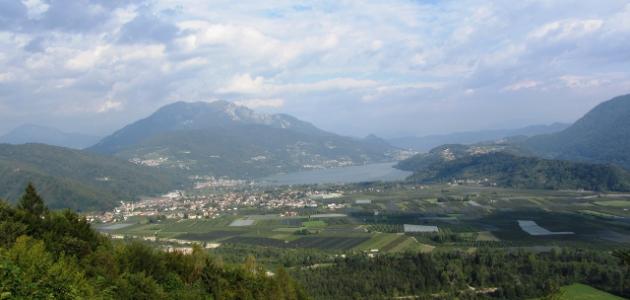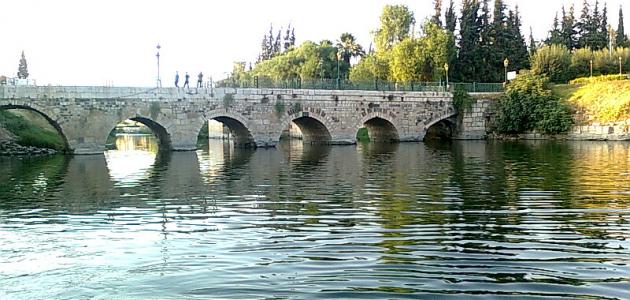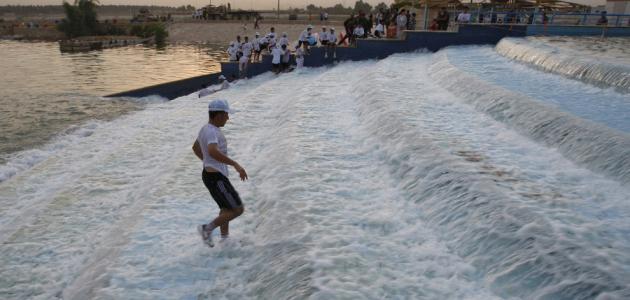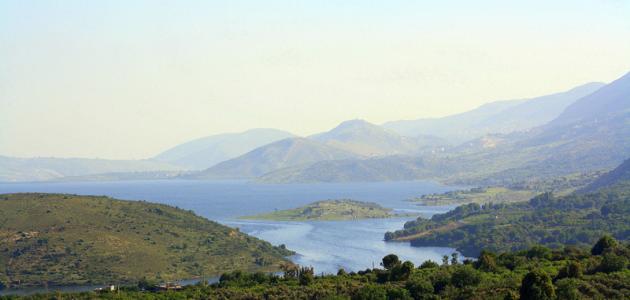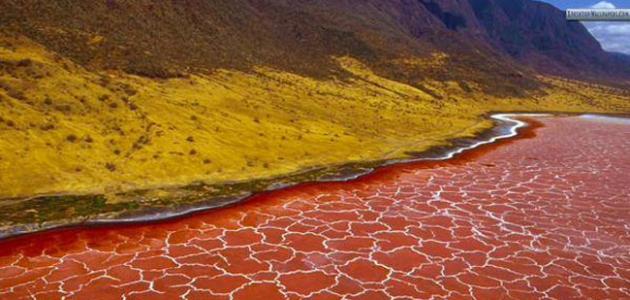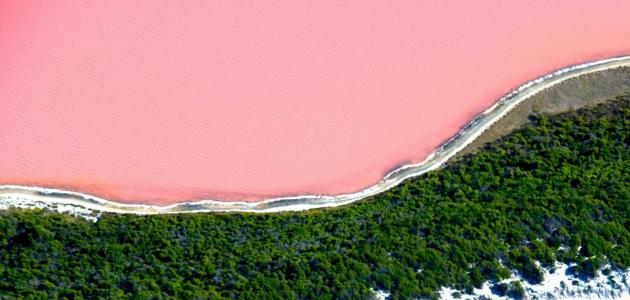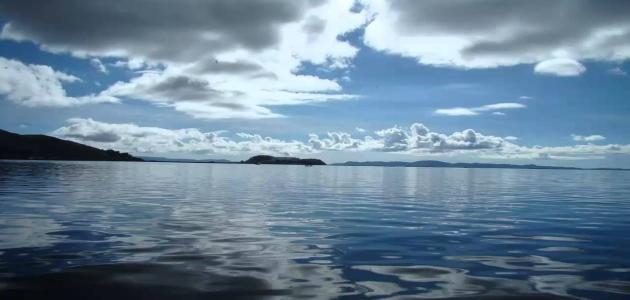Between the two rivers
Mesopotamia, is the country of Iraq located in the southwest of the continent of Asia. During ancient times, it was called Mesopotamia, and it is the region in which the extensive sedimentary plains led to the emergence of some of the world's first civilizations, including the civilizations of Sumer. , Akkad, Babylon, and Assyria, and this rich region became a large part of the so-called Fertile Crescent, which later became a valuable part of larger imperial policies, including the various Persian, Greek, and Roman dynasties, and after the seventh century it became an essential and integrated part. From the Islamic world, Baghdad became the capital of Iraq and the capital of the Abbasid Caliphate in the eighth century.
Iraq
It is one of the eastern countries in the Arab world, located on the same latitude as the southern United States. It is bordered to the north by Turkey, to the east by Iran, to the west by Syria and Jordan, and to the south by the Kingdom of Saudi Arabia and Kuwait. There are 58 kilometers of coast in Iraq. It extends along the northern end of the Arabian Gulf, which gives it small areas of territorial sea, and thus it is considered the least country in the Middle East with the ability to access the sea and maritime sovereignty.
The topography of Iraq can be divided into four physiographic regions: the alluvial plains in the central parts, the island on the southeastern side of the country, the highland region in the north between the Tigris and Euphrates rivers, the deserts in the west and south, and the highlands in the northeast. Each of these regions extends to countries Adjacent, although the alluvial plains lie largely within Iraq.
Read also:Where is Dukan Lake?The two rivers
The Euphrates River is considered one of the two most important rivers in West Asia and the Middle East. It is the longest river in the region, with a length of 2.800 km. It originates from the intersection of Kara Su (Western Euphrates) and Murad Su (Eastern Euphrates) in the Armenian Highlands in Turkey, and flows through the mountains of Taurus in Syria, and moves to Iraq to join the Tigris River; To form the Shatt al-Arab River before it empties into the Arabian Gulf. The Tigris River is considered the second longest river in Iraq, with a length of 1850 km. It originates from the mountains in eastern Turkey. The river flows through Syria, and moves to Iraq to finally join the Euphrates River, to then form the Shatt al-Arab.
History of Iraq
From an early time, Iraq was known as Mesopotamia, which is the land between the two rivers, as it embraces a large part of the alluvial plains of the Tigris and Euphrates Rivers. An advanced civilization existed in this region before about 4000 BC, and at some point after 2000 BC, this became The region was the center of the ancient Babylonian and Assyrian empires. Mesopotamia was conquered by Cyrus the Great in Persia in 538 BC, and by Alexander in 331 BC. After the Arab conquest in (637-640), Baghdad became the capital of the ruling caliphate, and was plundered. The Mongols established the country in 1258, and during the sixteenth, seventeenth, and eighteenth centuries, it was subject to Turkish and Persian competition.
Read also:The importance of the Nile River for Egypt
